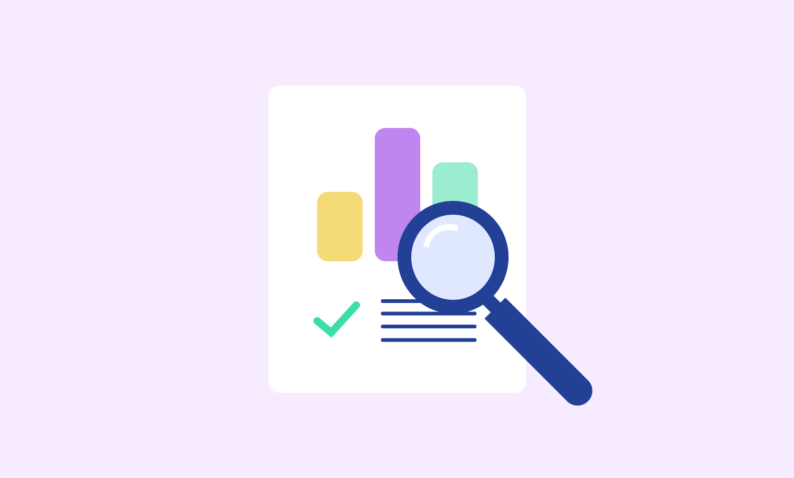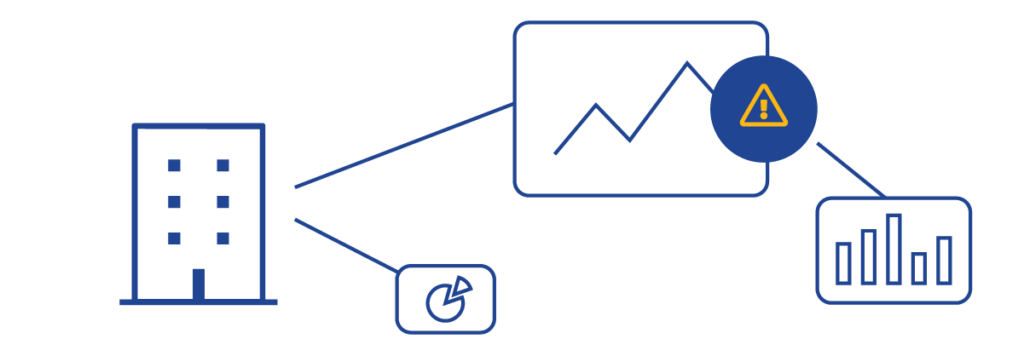
Get Started
Graphite's supplier management tool helps you onboard faster, cut time on risk reviews and streamline supplier validations. Save time and money.
August 18 2022
Data Discipline: The Foundation of Spend Management
Quality data drives the success of your procurement department.
The success of your procurement department is built on the foundation of good data.
Your procurement department will achieve success when it can effectively use quality data to:
- Answer critical stakeholder questions about key decisions, budgets, and growth plans.
- Successfully negotiate deals and contracts.
- Efficiently maintain daily operations and manage resources.
Data is the most powerful tool in any negotiation
“When going through a negotiation, quality data is the most powerful tool at your disposal. Without an understanding of what you are buying and the reasonable range for price, you are simply shooting from the hip and unlikely to influence the deal to be any better than average or mediocre. This dilutes procurement’s positive impact on the business, ” Conrad Smith, Graphite CEO, said. “In fact, accurate data is far more important than style, personality, and tactics.”
Have you ever tried to negotiate without a data-driven understanding of the deal and the market? Shooting from the hip almost never wins, and it’s certainly not a method to bring predictable and repeatable value to deals.
Without a clear objective, adequately prioritizing time and resources will be difficult, and your team will fail to deliver maximum value. Data-driven insights will help guide decision-making across your entire supplier management lifecycle, leading to increased value and efficiency.
Leverage this simple 5-step process to build a more effective data foundation that empowers you to achieve stakeholder objectives, successfully negotiate deals, and efficiently manage your operations and resources.
5 Easy Steps to Build Your Data Foundation
Step 1: Gather spend data from your ERP
In order to make informed strategic decisions, you need to know how much you’re spending and what you’re spending it on. Your best resource for spend tracking is your Enterprise Resource Planning (ERP) system since this is your source of truth for all spend data. Purchase orders and invoices are subject to change throughout the term of the contract, which can make them unreliable sources for spend tracking. Instead, we recommend relying on ERP data since these represent completed transactions and ensure that your spend data is accurate and up-to-date.
Step 2: Define your spend category taxonomy
In order for your analytics to offer any actionable spending insights, you need a well-defined taxonomy. With clear spend categories, you can better classify different purchases to generate more insightful analyses and enable a more strategic approach to category management.
General ledger (GL) codes aren’t spend categories. GL numbers report spending by function, or how you use the good or service. For example, laptops for a marketing event would be GL coded to marketing. Instead, design your spend categories to describe what you are buying. For instance, marketing event laptops might be coded to IT, Hardware, or Laptops, depending on your classification structure.
Avoid global classifications like SIC, NAICS, or UNSPSC. You don’t need a taxonomy with thousands of spend categories; it’s almost impossible for your requesters (or even your team) to always select the right category from that many options. Your category language should use simple descriptions that are easy for members of your team to understand.

Find the balance between too much and too little detail. Create 8-12 top-level spend categories, such as IT, Engineering, Marketing, etc. Remember, your spend taxonomy is focused on what you are buying, not how it’s used.
Step 3: Practice data hygiene to prevent periodic clean-ups.
Now that you have an established taxonomy, it’s time to clean up your ERP’s historical data. Below are some best practices for this:
- Clean up 80% of historical data
Don’t obsess with 100% data quality; that’s unrealistic. Since 80% of your transactions likely occur with just 20% of your suppliers, focus on cleaning up the data for just those suppliers. Your data won’t be perfect, but 80% accuracy is sufficient to develop actionable insights.
It’s tempting to pay a third party to review your spend and categorize it for you, but third parties are expensive and often lead to significant problems later on, such as inaccurate classifications and gaps in ongoing data maintenance. If you use a third party, ensure you fully understand your path forward. Are you getting into a perpetual process and fees that will always be required to access ‘cleaned up data.’ Or, is your goal to enrich your existing data and to create operational processes to build data quality and hygiene into your transactions? - Add spend categories to your supplier records
Once you’ve established your spend categories, you can add them to the supplier records within your ERP system. Most organizations focus their spend categorization on transactions, but adding spend categories to your supplier records as well will make it easier to identify disparities between records. - Identify and flag discrepancies
Adding these provisions to your ERP will make identifying discrepancies much more efficient. For example, if the supplier record says you buy software from a supplier, but the transaction indicates you’re buying a laptop, you can quickly detect a disconnect. You can leverage this information in a report and identify whether the transaction or the supplier data is inaccurate and correct it.

Step 4: Develop reports and data visualizations that highlight business opportunities
You likely have many different procurement systems that are all generating data. To truly unlock actionable insights from the data you’re collecting, each system involved must integrate with your data warehouse to provide valuable business intelligence. Once you have all the clean data in one place, building the reports will become a simple task that will provide tremendous value. To best arm your team members with the spend management data that will help them to maximize supplier relationships, we recommend that you:
- Leverage best-in-class data visualization tools to help you identify and understand trends, outliers, and patterns in your data.
- Start with the reports necessary for your discussions with stakeholders. Develop an agenda for the conversation you want, and build the reports supporting that discussion.
- Follow up with internal reports that will support operations, including:
- Data hygiene report for PR/PO and supplier spend category
- Operational TPT
- Individual output/schedule resource management, etc.

Step 5: Develop your strategic roadmap and plan
Iterate and make it better over time.
Rome wasn’t built in a day; in like manner, it will take some time to build a lean, mean, data management machine. Put together a plan for what you want to change; use your reports to identify what you need to address first. As you begin to implement your plan, regularly monitor your reports to track your progress and course correct if necessary. By following this process of identifying, monitoring, and adjusting, you’ll be able to make informed decisions to better manage your supplier spend and get the most out of your supplier relationships.
Let us help you
Building a data foundation that will drive business decisions may seem daunting, but Graphite is here to help. We’ve built a robust tool that will help to lay a strong data foundation to inform strategic decisions that will streamline vendor onboarding, automate risk management, and maximize the impact of your spend.
Ready to Learn More?
Data integrity is the foundation of procurement success. Learn how Graphite can make your ERP & P2P data accurate & actionable.
Request a Demo